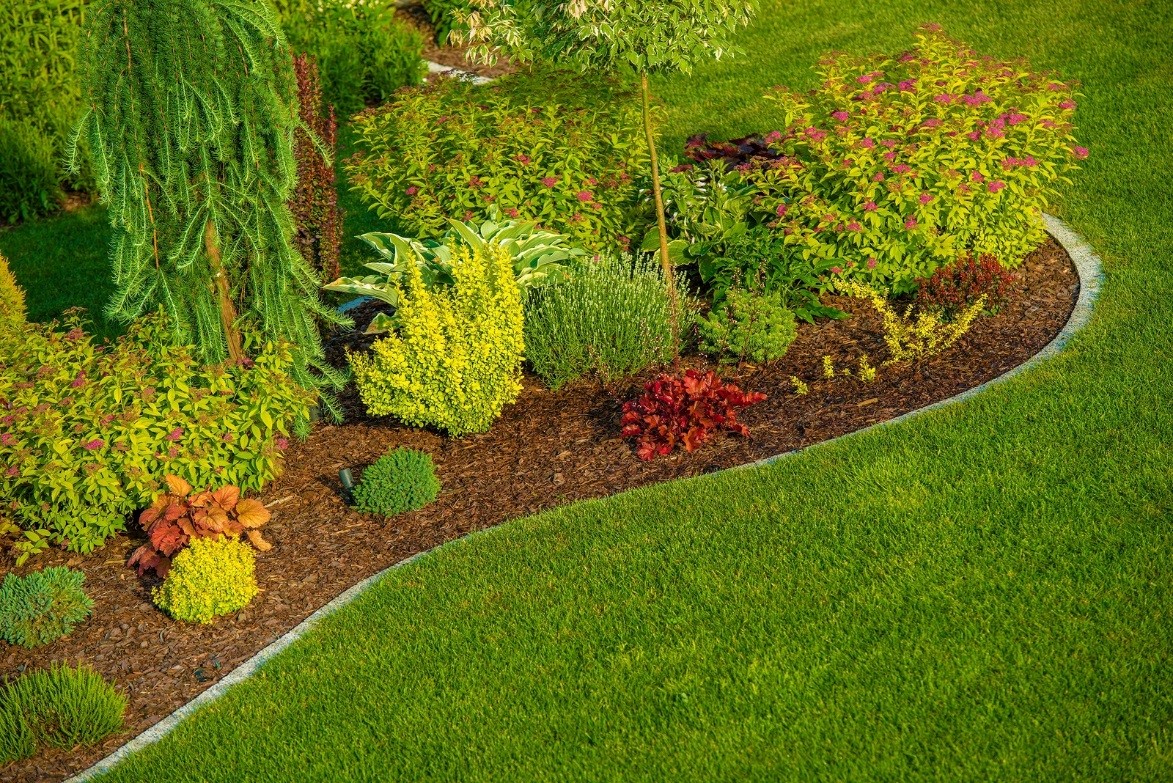The most important factor in having a healthy, disease-proof lawn according to Earth Development is how well you maintain it. It is of little use to choose the most innovative seed species and varieties that best adapt to the climatic conditions of our garden if they are not accompanied by good maintenance work. This post will review the main tasks to maintain a healthy lawn and the right times to carry them out.
Perforated
The process of chopping the lawn by lawn contractors near me for example is based on making holes (they can be of different sizes and with different depths) to improve the soil’s aeration, which allows oxygen to reach the roots of the lawn. Obviously, during the painful process, lesions are produced in the plants. However, it has been demonstrated that the recovery of these lesions is fast, and the benefits that it entails (root development and improvement of the general state of health of the plant) fully justify the process of the sting. There are many options for perforating the lawn, depending on whether the spikes are hollow or solid and the different thicknesses available.
Fertilization
The contribution of fertilizer to the lawn is essential to provide the plant with the nutrients necessary for its growth and the proper functioning of its vital functions. These nutrients are not always collected naturally in the soil, so it is necessary to set up a fertilization plan according to the specific needs of our lawn. It is impossible to establish a general subscriber plan that addresses all possible combinations of terrain-species-climate-nutrient availability; however, we can establish some general rules:
The fertilizer formulation identifies the fertilizer units that contain Nitrogen, Phosphorus, and Potassium (NPK always in that order) so that if we choose a 12-25-12 fertilizer, it will contain 12 fertilizer units of Nitrogen, 25 Phosphorus, and 12 Potassium.
We can apply fast or slow-release nitrogen fertilizers. Taking into account that an excess of Nitrogen can have adverse consequences on the plant in the form of burns, fertilizers with part of the slow-release Nitrogen are recommended, as we avoid the mentioned risk and the lawn has the nutrients available for longer. Time. In this way, we also avoid the appearance of unexpected growth peaks or excessive growth that would lead to an increased number of cuts.
Fertilizers with a high nitrogen content should be applied during the plant’s growing seasons in already established lawns, while in new plantings, we will choose fertilizers with a higher phosphorus content, as it directly affects the germination process and the rapid growth of the roots.
Fertilizing lawns can be done with different fertilizers: liquid, granulated or soluble and of mineral, organic, or organ mineral origin. If you want to know the different fertilizer options, visit the SD by Dalmau page to access its extensive catalog.
- grass cutting
- reseeding
To find out everything you need about replanting lawns, you can access this link, in which we have an entry exclusively dedicated to this point of lawn maintenance.

